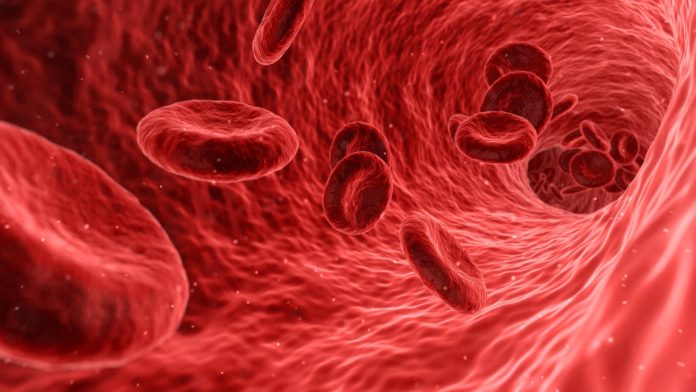Alzheimer’s disease is undeniably a disease of the brain – it remodels the organ, shrinking the cortex, robs sufferers of their memories, and atrophies their personalities. New research, however, has scientists entertaining new Alzheimer’s therapy options that would ignore the brain entirely.
The research, led in part by Dr. Weihong Song, a clinician scientist at the University of British Columbia, focused on the amyloid beta protein. As Alzheimer’s disease progresses, the brain becomes overrun with clumps of amyloid beta, forming what are called amyloid plaques. While an exact mechanism for Alzheimer’s hasn’t yet been revealed, it’s believed the amyloid plaques play a causative role in the neurodegeneration.
But though the deleterious effects of amyloid beta are restricted to the brain, the production of the protein is not. In fact, amyloid beta is produced widely throughout the body, in places like skin and muscle cells, and is secreted into the circulatory system.
Song and colleagues investigated the contribution of these peripheral sources of amyloid beta protein to the pathogenesis of Alzheimer’s disease. The results were published on Oct. 31 in Molecular Psychiatry.
The technique the scientists used – parabiosis – is befitting of the Halloween publication date. Two mice were surgically conjoined, combining their two circulatory systems into one. One mouse was a transgenic model of Alzheimer’s disease, expressing the human amyloid beta protein, while the other was a regular, healthy mouse.
With the mice sharing blood, but only blood, the researchers could determine the exact contribution, if any, of blood-derived amyloid beta protein to the development and progression of Alzheimer’s disease. Would the human amyloid beta protein produced by the transgenic mouse infiltrate the brain of the healthy mouse and recapitulate the pathology of Alzheimer’s disease?
The researchers investigated this at several points following the surgical connection of the mice, and found that one year after exposure to blood-derived amyloid beta, the regular mouse began to show symptoms reminiscent of human Alzheimer’s disease.
The amyloid beta protein, which came only from the blood, was remodeling the brain, depositing amyloid plaques and killing brain cells. The changes induced weren’t restricted to merely anatomical changes – the amyloid beta protein caused functional changes in a select population of neurons as well.
The earliest sign of Alzheimer’s disease is a deficit in basic memory processes – patients begin to regularly forget names of people they know and struggle to find the words to finish their sentences. Specific cells in the hippocampus carry out these memory tasks through a process called long-term potentiation. The amyloid beta protein that infiltrated the healthy mice brains inhibited the process of long-term potentiation in the hippocampal neurons, further matching the symptoms of human Alzheimer’s disease.
Song and his colleagues showed that while Alzheimer’s disease is a disease of the brain, the disease is influenced by factors coming from the body as a whole. He speculates that while the peripheral sources of amyloid beta might not be the main driver of Alzheimer’s disease pathology, they may be accelerating neural deterioration. Notably, the network of capillaries that form the blood-brain barrier – essentially a fence that restricts access to the brain from the bloodstream – weakens with age, potentially allowing an additional source of amyloid beta protein to infiltrate the brain.
These results open the door to a new avenue for Alzheimer’s drug development. Song and colleagues suggest that targeting and removing peripherally produced amyloid beta protein might slow or even prevent disease progression – protecting the brain by treating the rest of the body.








































